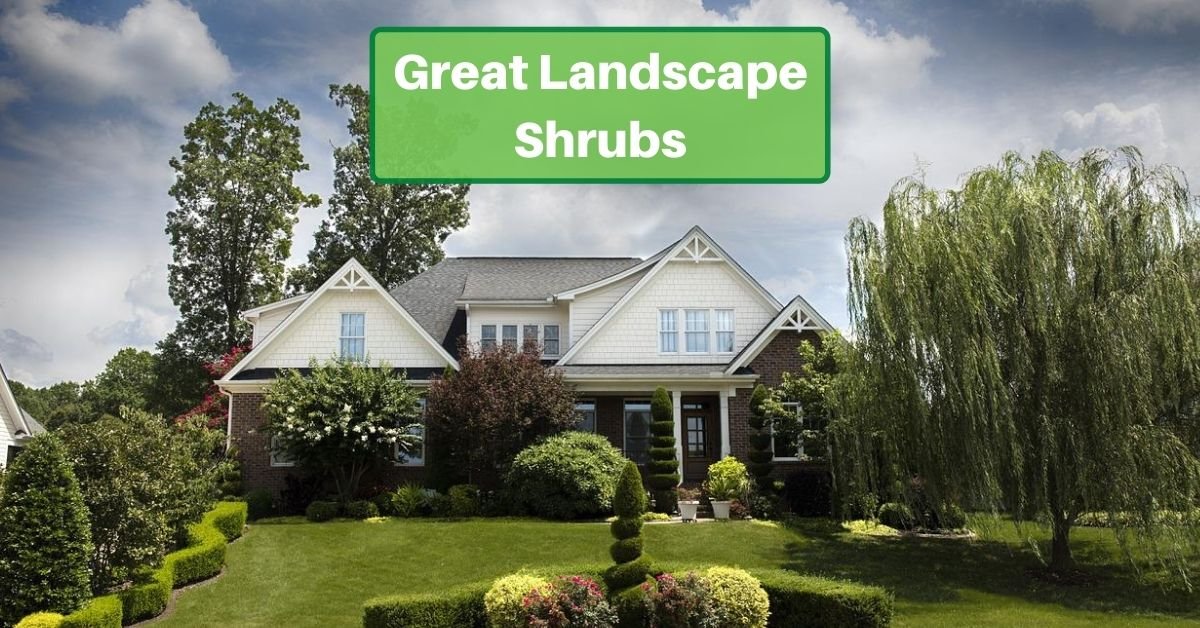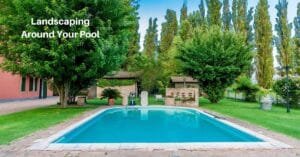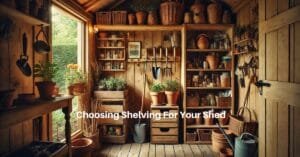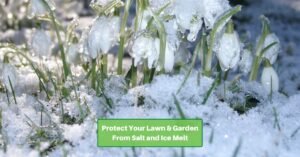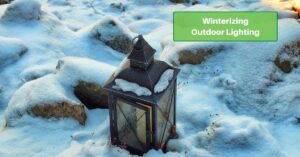Flowers aren’t the only plants that can look great in your yard. Bushes and shrubs make wonderful additions, too! They look good but can also be functional. There is also a huge range of types!
We’ll look at some of the reasons shrubs are a great choice and discuss a few of the most popular types. There are far too many to list them all, but we’ll try to highlight the most popular.
Reasons To Add Shrubs To Your Yard
As we said, there are many reasons to add shrubs to your yard. Here are some of the primary ones.
Foundation plants
Foundation plants are exactly what they sound like – plants you plant along the foundation of your house. Shrubs do a great job here.
They make great backdrops for a lawn or flower bed in front of them. They can also hide the lower part of your wall – perfect for hiding exposed cement or other issues.
You’ll want to be sure that the roots won’t damage the foundation or buried pipes and electrical lines. You may also want to position them so that they don’t provide a hiding place for burglars or mischief-makers.
Privacy Fence
Bushes can also take the place of a fence and offer you some privacy, whether that’s along the front, sides, or back of your property.
In this case, you’ll want something nice and thick. Most people will also prefer evergreens so that the coverage is year-round. And bushes that grow to about six feet are ideal to keep out prying eyes.
If you don’t care so much about being seen but do want to keep people (and even pets) from straying onto your lawn, shorter bushes can do the job, too. They may not prevent anyone from trespassing, but they do serve as a good reminder that it is private property.
Windbreak
Another reason to add a row of shrubs is to help cut down on the breeze. A row of tall shrubs can help block the wind and make your yard more comfortable.
In some cases, it can even help decrease your utility bills by keeping the cold area from buffeting your house.
Prevent Erosion
Shrubs have thicker and broader root systems than most garden flowers. And those roots can help prevent water from washing away soil.
Deciduous Shrubs
Deciduous trees and shrubs lose their leaves in the fall and regrow them in the spring. Some have beautiful flowers for part of the year. Their leaves may also grow in various colors year-round, while others change colors before falling.
The drawbacks are that you may lose privacy during the winter months, but most people don’t use their yards much during that time. But there is also more work involved in cleaning up those dead leaves!
Here are some popular deciduous shrubs for the yard:
Bush honeysuckle
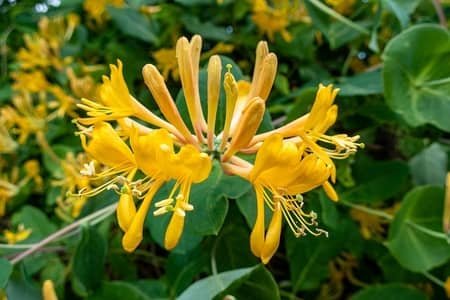
Honeysuckle has a sweet smell, and there are several varieties. Bush honeysuckle includes several versatile species (Diervilla spp.) that thrive in a range of soil and light conditions.
They grow up to five feet high and about the same width.
This bush is a feast of colors and smells. Leaves start as dark red before turning green, then turn to traditional autumn colors. The honeysuckle flower attracts many great guests to the garden, including bees, butterflies, and moths.
Smooth hydrangea
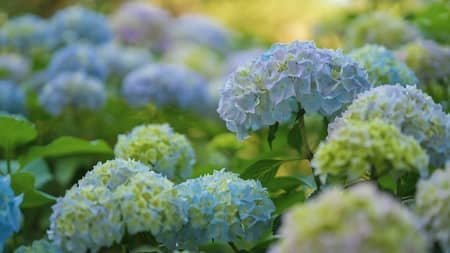
A neighbor when I was growing up had a large hydrangea plant by their back fence, and we called it a snowball plant because of the large white flower clusters it produces. In addition to being beautiful, Hydrangea arborescens make a fantastic privacy fence, as it normally reaches up to six feet high. It’s about four to six feet wide, also.
It does well in full sun or with some shade. It does need a decent amount of water, especially if it’s not shaded.
Lilac
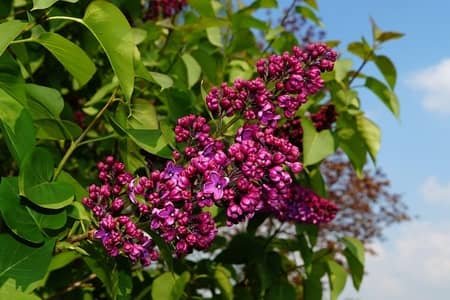
Syringa spp. Includes a variety of species of flowering bushes whose flowers give off a relaxing odor. Dwarf varieties are best to use as shrubs; even these can reach about 9 feet tall! They can spread about five feet across.
They should have afternoon sun and good drainage. They do require pruning. They’re generally hardy, but be sure to look out for pest infestations.
Lilac flowers are normally pink or purple, although there are also yellow and white varieties.
Rose bushes
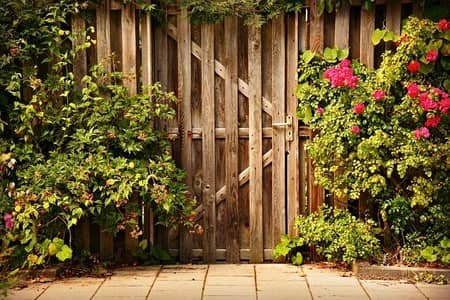
A rose by any other name! This favorite offers beautiful flowers but can also make a wonderful bush. Proper pruning can help form them into the shape you want.
With so many varieties, you can find one that will suit your needs. There are tall, short, and even climbing species that will cover a fence.
Hibiscus
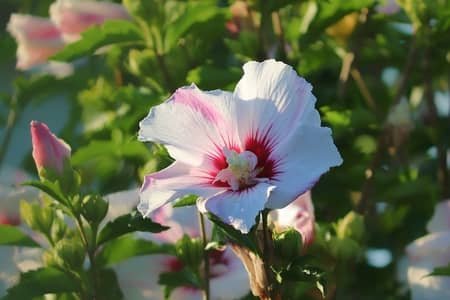
Hardy hibiscus (Hibiscus moscheutos) and Rose of Sharon (H. syriacus) are both wonderful species that could look great as part of your landscape. The latter is much taller and nearly reaches the size of a tree without pruning. The former naturally stays shorter. Both produce wonderful flowers late in the summer when your garden might otherwise seem colorless.
They do require good soil but can tolerate shade or full sun.
Evergreen Shrubs
Evergreens – well, the name says it all. These plants don’t lose their leaves. Some have amazing flowers or colorful fruit, while others stick to simple green. Some landscaping favorites include these:
Arborvitae
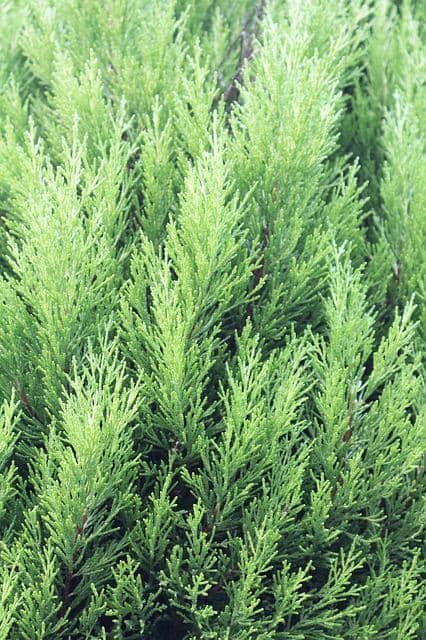
We’ve already looked at arborvitae as a great option for a front-yard tree.
And it might be one of the first trees you think of when you think of “evergreen.” It’s a conifer, which means it produces cones.
The tree-sized version is a fantastic privacy fence or border marker. A shorter version works great as a foundation plant or to mark the edge of the property. Both provide a rich green color throughout the year.
It does best when watered often, but can hold up through periods of drought, too.
Inkberry Holly

Holly plants are known for their deep green leaves and bright red berries. The inkberry (ilex gabra) has rounded leaves and reaches five to eight feet in height and width. You can also find smaller cultivars.
It does well in acidic soil. It can thrive in damp soil, although it does just fine in moderate soil, also. Partial shade to full sun is ideal.
It’s pretty easy to grow and doesn’t require much pruning except for shaping it into a hedge.
Mountain Laurel
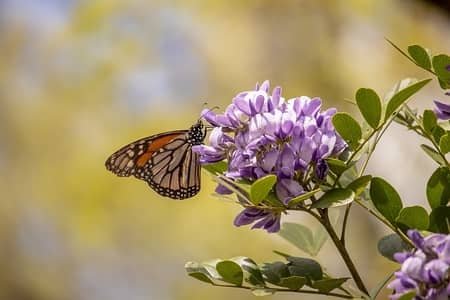
Kamlia latifolia can reach 15 feet high and across, although you can prune it to more manageable sizes. But some cultivars start at about 3 feet tall.
The beautiful flowers range from white to pink to deep purple.
The lower section does not generally have thick leaves. However, the top fills in nicely. The oblong leaves are dark green on top and lighter beneath.
This shrub trees with dappled sunlight, and often grows wild among trees in thick forests.
Azalea
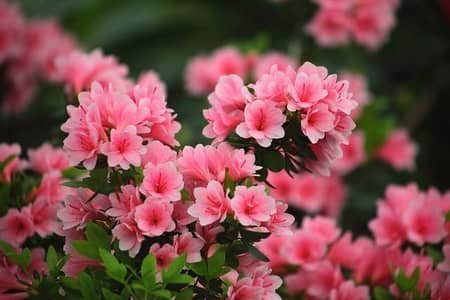
Azaleas are the domesticated form of rhododendrons. They like acidic soil and moderate moisture, and they’ll keep you busy with pruning. But it’s all worth it when you behold their beautiful flowers. The flowers come in a huge range of colors, too!
They thrive in partial shade, and their leaves can be too delicate for full sun.
They can range from small, pruned balls close to the ground to larger bushes of six to eight feet high.
Be aware that azalea leaves can be toxic to humans and pets.
Boxwood
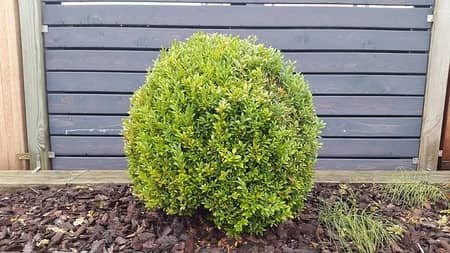
Plants of the genus Buxus offer full, thick foliage, making them popular choices not only in the garden itself but also as potted plants near the entryway or elsewhere.
They can grow from two to eight feet high, with a comparable width. It does best in alkaline soil.
Boxwoods can stand a lot of pruning, but they don’t require it. They tend to develop and maintain a nice shape on their own. All you’ll have to do is clean out dead branches.
Conclusion
There are thousands of bushes and shrubs along with their cultivars that could make great additions to your garden. No matter what purpose they will serve, you can find something that will be aesthetically pleasing as well as functional. Whether you choose one we discussed here or some other variety, we know they’ll be a great addition to your landscaping!

